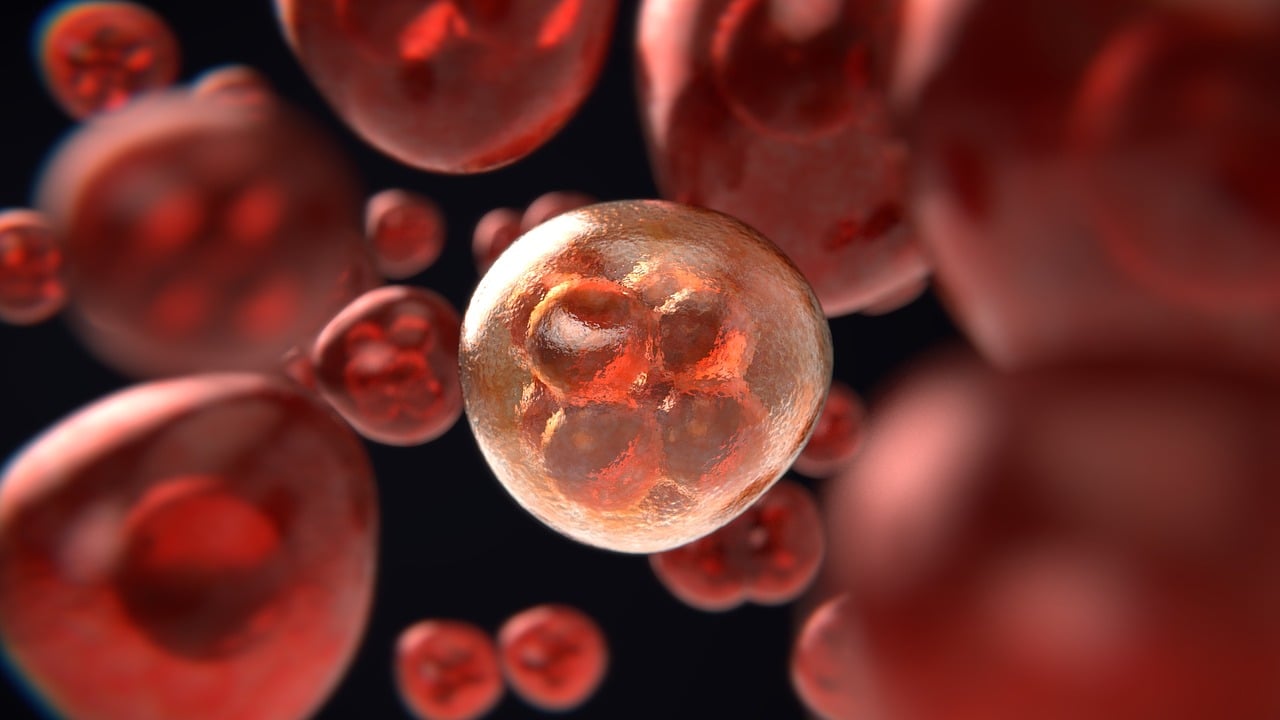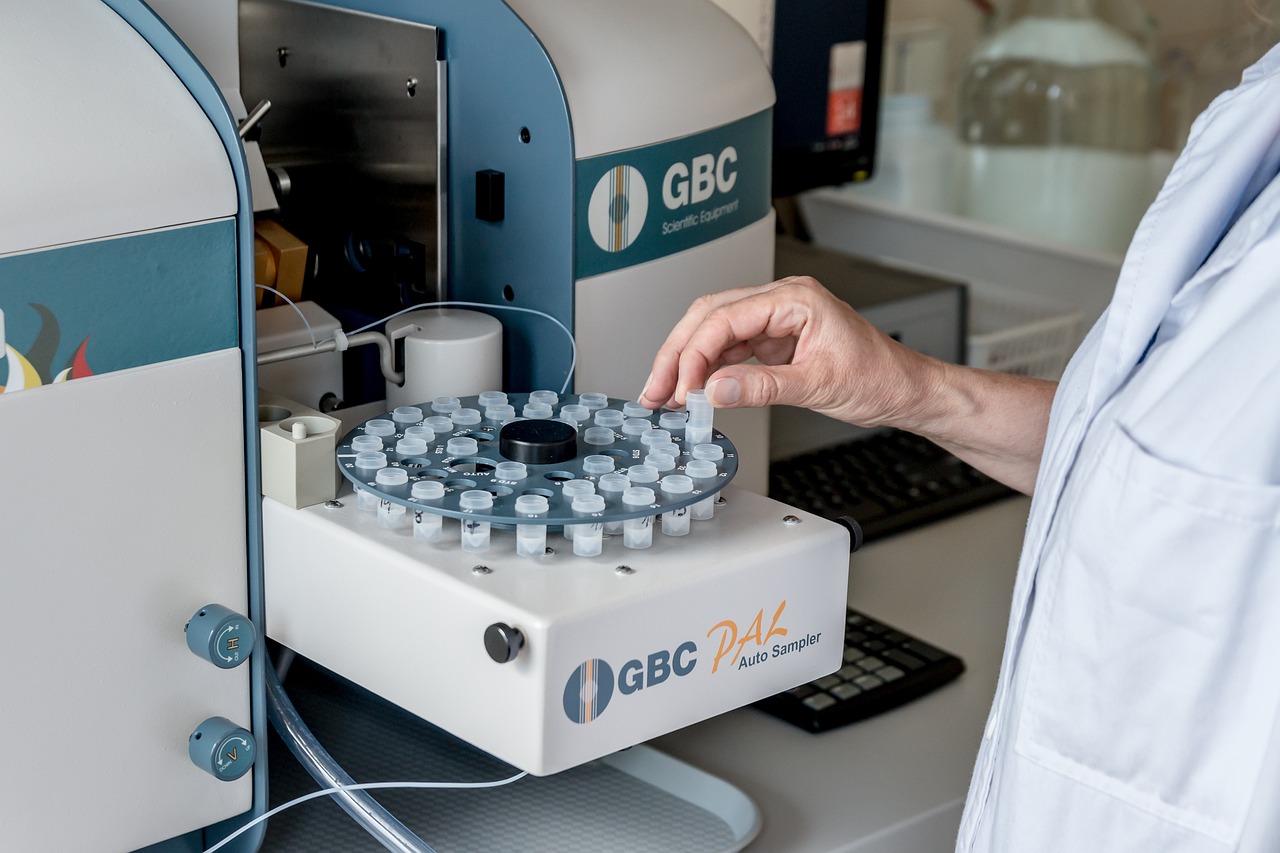Tools & Datasets

Metabolomic Profiling
Autosomal dominant polycystic kidney disease (ADPKD) is characterized by the formation of numerous fluid-filled cysts that lead to progressive loss of functional nephrons. Currently, there is an unmet need for diagnostic and prognostic indicators of early stages of the disease. Metabolites were extracted from the urine of patients with early-stage ADPKD (n = 48 study participants) and age- and sex-matched normal controls (n = 47) and analyzed by liquid chromatography-mass spectrometry. Orthogonal partial least squares-discriminant analysis was used to generate a global metabolomic profile of early ADPKD for the identification of metabolic pathway alterations and discriminatory metabolites as candidates of diagnostic and prognostic biomarkers. The global metabolomic profile exhibited alterations in steroid hormone biosynthesis and metabolism, fatty acid metabolism, pyruvate metabolism, amino acid metabolism, and the urea cycle.

Ensemble Clustering
Metabolomic studies have improved the understanding of a broad range of biological tissues, fluids, and systems. Typically, metabolomic analyses employ a workflow that starts with detecting peaks from mass spectrometry data and is followed by a series of statistical analysis aimed at identifying dysregulated metabolites, group differences, and group similarities in dysregulated metabolites and pathways. Generating these group similarities relies on clustering analyses. However, current clustering methods are highly subjective and can be prone to errors, indicating the need for an updated workflow that improves upon these issues.

Stoichiometric Modeling
Stoichiometric models describe cellular biochemistry with systems of linear equations. The models which are fundamentally based on the steady-state assumption are comparatively easy to construct and can be applied to networks up to genome scale. Fluxes are inherent variables in stoichiometric models and linear optimization can be used to identify intracellular flux distributions.
